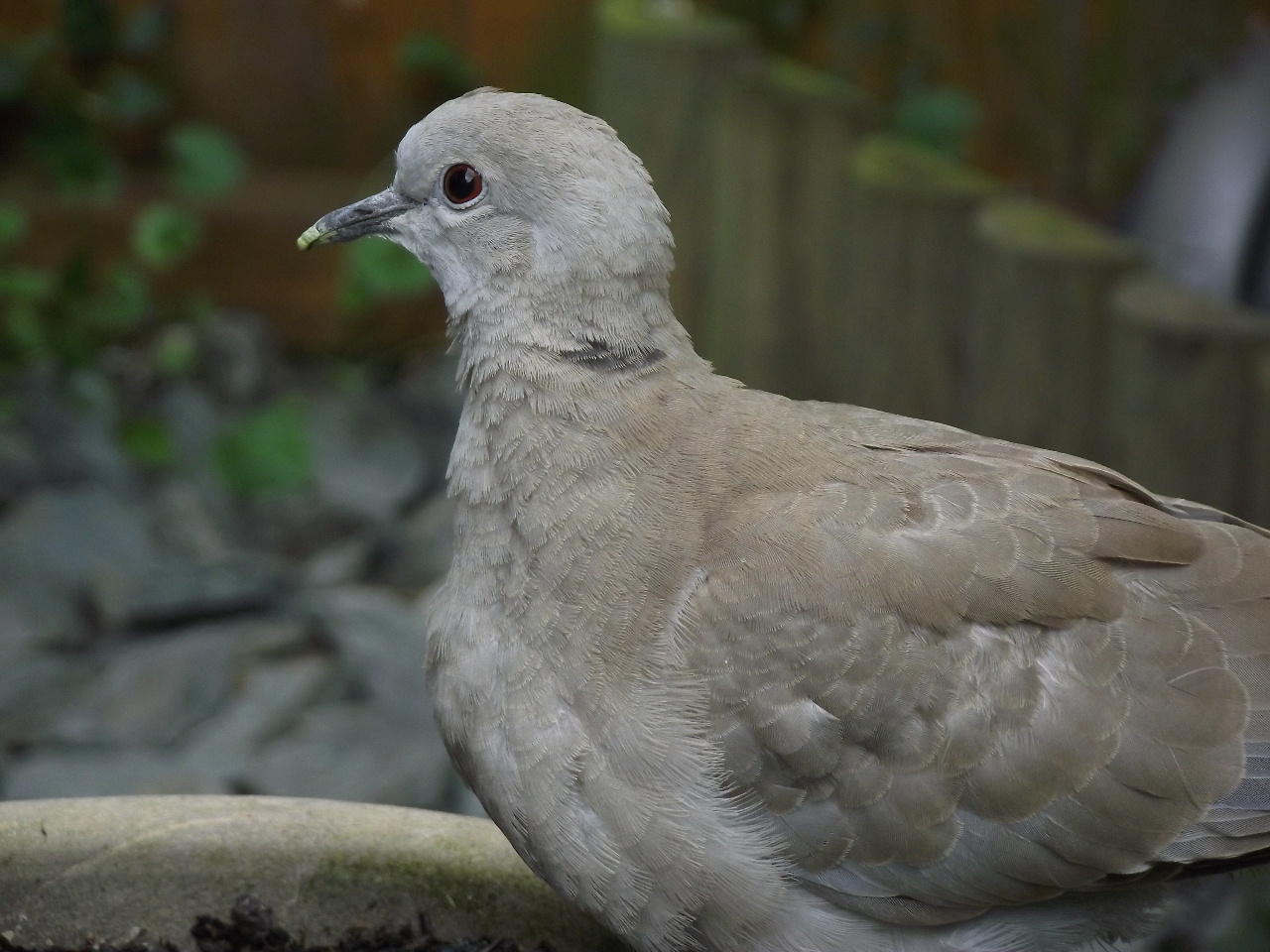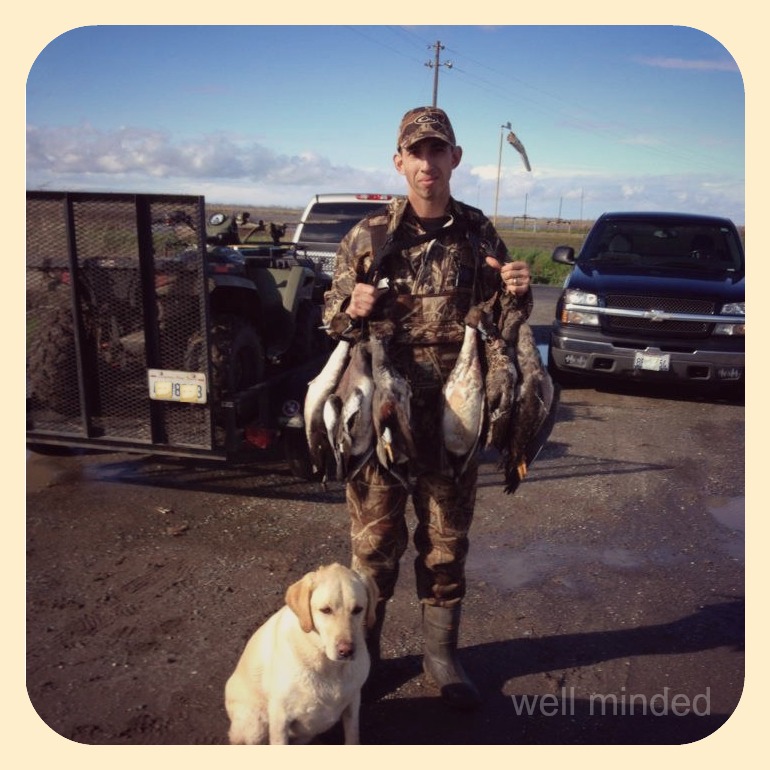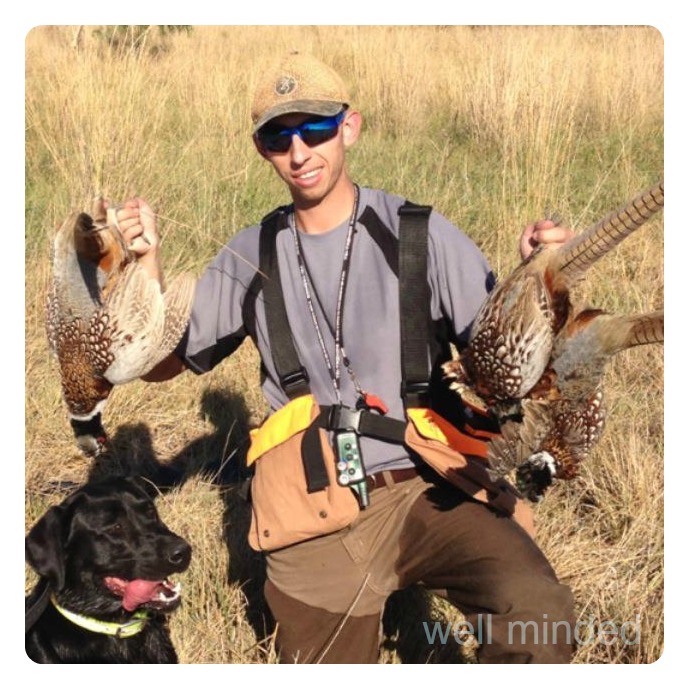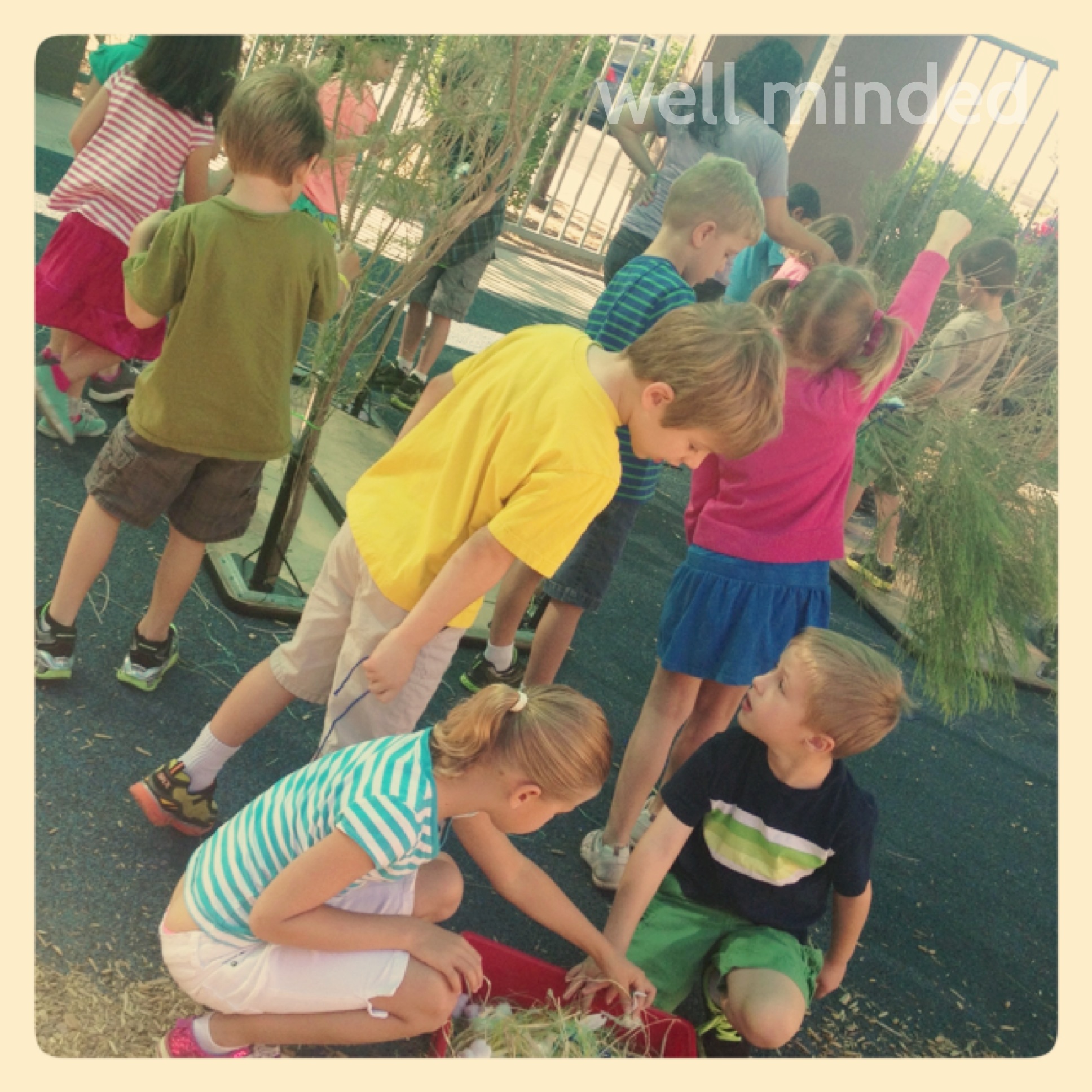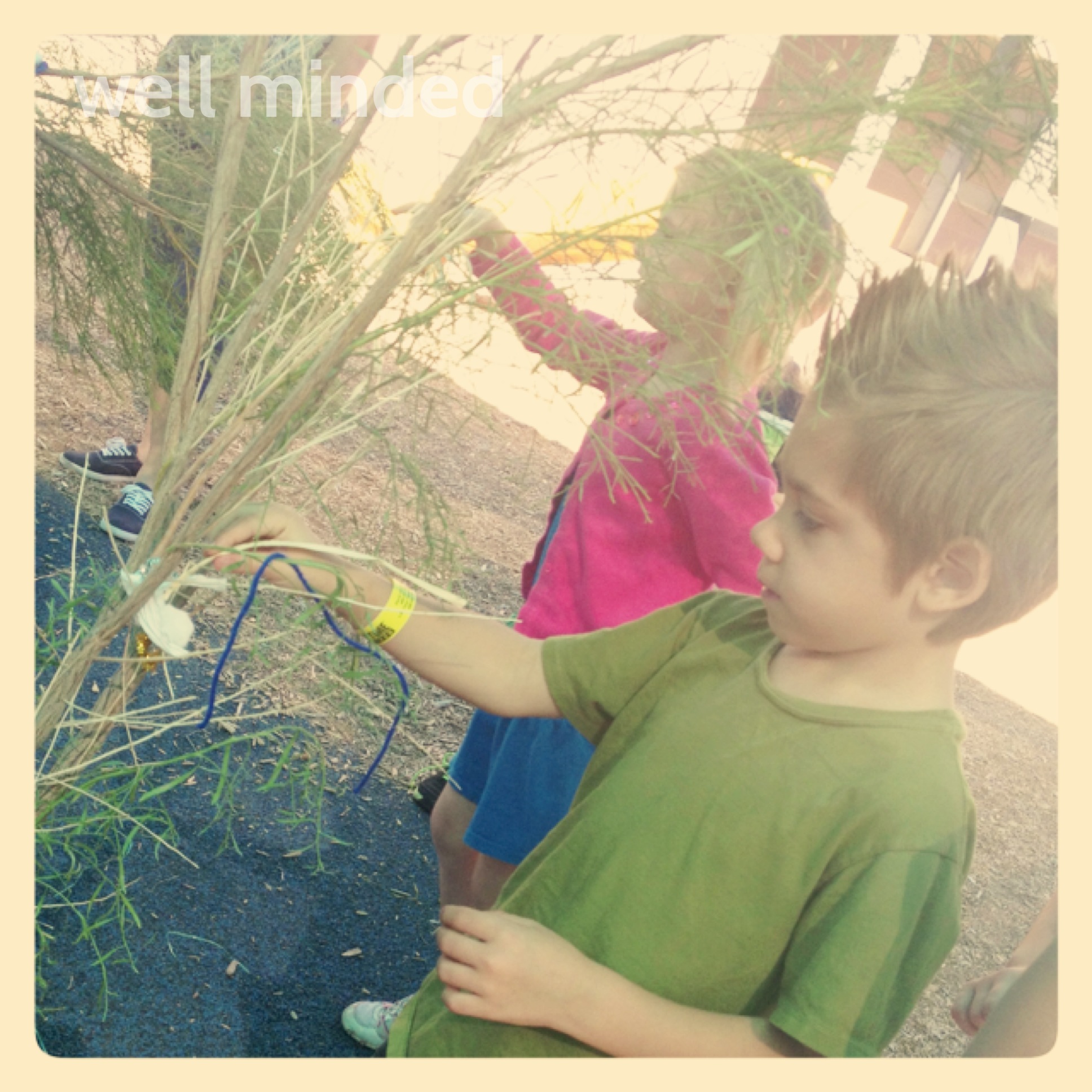I am thankful that this year we are having two Thanksgiving celebrations. One with our immediate family on Thanksgiving, and another out of town on Friday with our orphan family–the family of friends we had Thanksgiving with for years and years before we moved and had kids.
It is only because of that second Thanksgiving (which will be traditional in terms of food, if not participants) that my family half-heartedly agreed to indulge me in our first vegetarian Thanksgiving (I didn't push them so far as to go vegan). This is a holiday miracle because my husband is the most traditional person I know. He wants Thanksgiving to be exactly as he had it as a child. I was shocked enough that he allowed me to add a couple of southwestern style dishes to our fare when we moved to Arizona, but to abandon the turkey? I never thought it would happen. But with the promise of a 21-pound turkey on Friday, it has.
Everyone asks me what we're doing "in place of the turkey." I think they mean, "as a main dish." I get it. The whole thing is quite bewildering to most. I'm up to my shenanigans, again. So whatrwehavin'?
This is what we're making "in place of the turkey." food photo source: vegetariantimes.com
We thumbed the pages of our November issue of Vegetarian Times magazine and came up with:
our menu
winter squash pot pie with swiss chard and chickpeas
green beans and radishes braised in orange juice
mashed parsnips with crispy parsnip ribbons
These recipes are all new to us, and we're super excited to spend the day cooking together as a family and saving a turkey.
If you like that idea, and you really want to be a hero (it works even if you've already got the turkey on the oven), you can adopt a turkey through Farm Sanctuary. It's a fantastic program called Farm Sanctuary's Adopt a Turkey Project. They say:
For a one-time donation gift of just $30, anyone can sponsor a turkey who lives at one of our three shelters. As a turkey sponsor, you will receive a special Adopt a Turkey certificate with a color photo of and fun details about your new friend.
Check out their 2013 video to get to know the adoptable turkeys:
Aren't they sweet?
And to keep you in the save-a-turkey spirit, here is the chant Po (my first-grader) did in music class:
a turkey named Burt thought he'd make up a dance
and he'd dance for the king and the queen
if he did a good job, and they liked it a lot
they wouldn't eat him, cause that would be mean
he went
slide–close, slide–close
flap your wings and touch your toes
he went
slide–close, slide–close
shake your tail and wiggle your nose
a turkey named Burt thought he'd make up a dance
and he'd dance for the king and the queen
if he did a good job, and they liked it a lot
they wouldn't eat him, cause that would be mean
yeah!
Yeah. Happy Thanksgiving!


